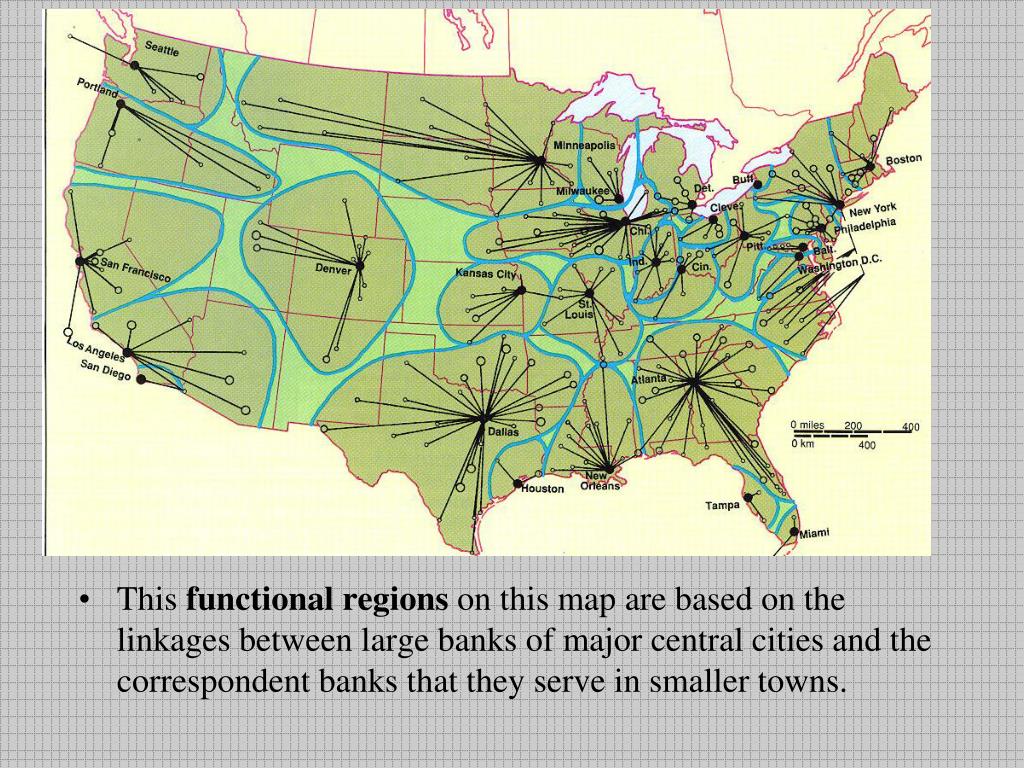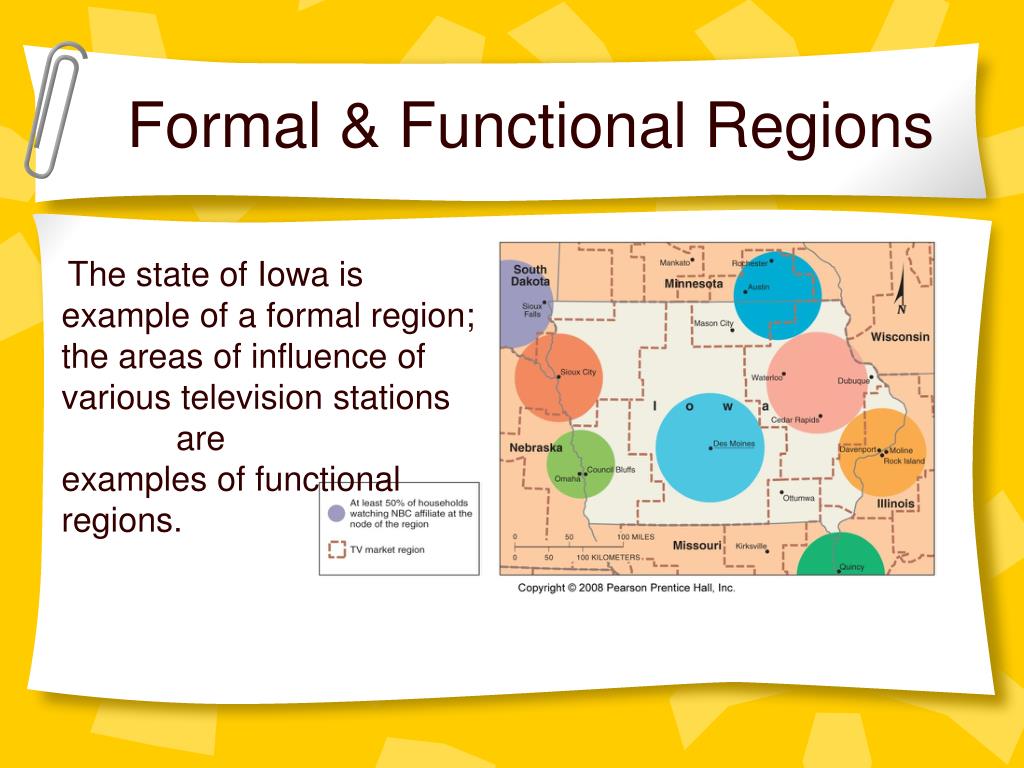Functional Regions: The Ultimate Guide for Beginners and Experts
Are you fascinated by how the world works? Do you wonder how different areas are linked, and what gives them their unique character? Then understanding functional regions is crucial. This guide dives deep into the concept of functional regions, providing a comprehensive overview for both beginners and experienced geographers alike. From the basic definition to advanced applications, we’ll explore everything you need to know about these dynamic and interconnected spaces.
What are functional regions? They’re the building blocks of understanding how human activities and infrastructure shape our world, and how they interact.
What is a Functional Region? Defining the Core Concept
At its heart, a functional region, also known as a nodal region, is a geographic area organized around a central node or focal point. This central point serves as the hub of activity, and the region is defined by the interactions and relationships that radiate outwards from it. Think of it like a network, with the central node acting as the router.
Here’s a breakdown of the key characteristics:
- Central Node: This is the core of the region, often a city, town, or even a specific institution like a hospital or a transportation hub.
- Interconnectedness: Activities and services within the region are linked to the central node and to each other. This creates a sense of unity and interdependence.
- Flows: Functional regions are characterized by flows of goods, services, people, and information.
- Purpose: The region exists to serve a specific function or set of functions.
Examples of Functional Regions:
- Metropolitan Areas: Cities and their surrounding suburbs linked by commuting patterns, economic activity, and shared infrastructure.
- Transportation Networks: Areas served by a major airport, railway line, or port.
- Shopping Malls and Their Service Areas: The catchment area around a shopping mall, defined by the customers who visit it.
- Service Areas: Areas served by a hospital, school district, or government agency.
- Economic Regions: Areas defined by shared economic activities or industries.
Differentiating Functional Regions from Other Regional Types
Understanding functional regions requires distinguishing them from other types of regions. This helps clarify their unique characteristics and how they’re used in geographic analysis.
- Formal Regions: Defined by shared characteristics, such as language, climate, or political boundaries. They are often homogeneous.
- Vernacular/Perceptual Regions: Defined by people’s perceptions and cultural understanding. They often lack clearly defined boundaries.
The key difference is that functional regions are defined by activity and interaction, while formal regions are defined by homogeneity, and vernacular regions by perception.
Analyzing Functional Regions: Methods and Applications
The study of functional regions relies on various methods and tools. Here’s a look at how geographers and other professionals analyze these areas:
- Data Collection: Gathering data on commuting patterns, consumer behavior, transportation flows, and economic activity.
- Mapping: Creating maps to visualize the spatial relationships and interactions within the region.
- Statistical Analysis: Using statistical techniques to analyze data and identify patterns.
- Geographic Information Systems (GIS): Employing GIS software to analyze and model spatial data.
- Surveys and Interviews: Gathering qualitative data to understand people’s experiences and perceptions within the region.
Applications of Functional Region Analysis:
- Urban Planning: Designing effective transportation systems, zoning regulations, and infrastructure development.
- Economic Development: Identifying opportunities for economic growth and attracting investment.
- Market Analysis: Understanding consumer behavior and identifying target markets.
- Transportation Planning: Optimizing transportation networks and managing traffic flow.
- Public Service Delivery: Improving the efficiency and accessibility of public services.
Advanced Concepts: Expanding the Scope of Functional Regions
For those with a deeper interest, exploring these advanced concepts will enhance your understanding:
- Hierarchical Organization: Functional regions often exist within a hierarchy, with smaller regions nested within larger ones. For example, a metropolitan area can be part of a larger economic region.
- Regional Specialization: Functional regions can specialize in specific economic activities, contributing to the overall economic landscape.
- Inter-Regional Linkages: Functional regions are not isolated; they interact with each other through trade, migration, and information flows.
- Spatial Interactions: Understanding the forces that drive interactions between different locations, such as distance decay, friction of distance, and the role of transportation infrastructure.
- The Impact of Globalization: Analyzing how globalization influences the structure and function of regions, including the rise of global cities and the interconnectedness of economies.
Challenges and Considerations
While functional regions provide a valuable framework for understanding the world, it’s important to acknowledge some challenges:
- Defining Boundaries: Defining the precise boundaries of a functional region can be challenging and often subjective.
- Data Availability: Accessing and analyzing relevant data can be a significant hurdle.
- Dynamic Nature: Functional regions are constantly evolving, requiring ongoing analysis and adaptation.
- Social and Environmental Impacts: Recognizing the social and environmental consequences of activities within a functional region.
Conclusion: Functional Regions – A Powerful Tool for Understanding the World
Understanding functional regions is essential for anyone seeking to comprehend the complexities of our interconnected world. From understanding city planning to analyzing global economic trends, the concept offers a powerful lens for examining how people, places, and activities interact. Whether you’re a student, a professional, or simply curious about the world around you, mastering the principles of functional regions will empower you to analyze, interpret, and contribute to a deeper understanding of our planet.
Frequently Asked Questions (FAQs)
What is the main difference between a functional region and a formal region? Functional regions are defined by activity and interaction around a central node, while formal regions are defined by shared characteristics like climate or language.
How are functional regions used in urban planning? Urban planners use the concept of functional regions to design effective transportation systems, plan zoning regulations, and guide infrastructure development.
Can a functional region be part of a larger functional region? Yes, functional regions often exist in a hierarchical structure, with smaller regions nested within larger ones. For instance, a suburb can be part of a metropolitan area, which in turn can be part of a larger economic region.
What are some examples of data used to define a functional region? Examples include commuting patterns, customer behavior, transportation flows (train, bus, air), economic activity (e.g., sales data for businesses), and the areas served by public services.




